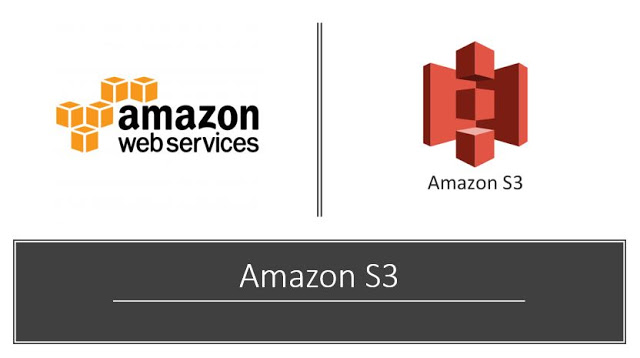
Amazon S3 is the online storage system for Amazon and is regarded as one of the most promising, stable, and extremely scalable services. Amazon S3 is considered to be a promising, durable, and highly scalable solution for online storage.
Amazon S3 has a simple web services system that can be used to store and access some amount of data from anywhere on the network, at any moment. It gives every developer access to the same highly scalable, secure, fast, low-cost data storage network that Amazon uses to operate its global website network.
Amazon Simple Web host, widely known as Amazon S3, is a highly scalable, fast, and lasting solution for storing any data at the entity level. Unlike the operating systems that we are all used to, Amazon S3 does not contain data as objects in a file system, however. Item Storage helps users to upload images, photos, and documents to standard cloud storage tools such as Dropbox and Google Drive as you were downloading data, videos, and materials. This renders Amazon S3 very open, with an agnostic architecture.
HOW IT WORKS
Amazon S3 acts as a storage system for items. It is different than holding an ordinary script, or just blocking it. When a user uploads data to S3, the file is saved as an entity with intact metadata, and the whole object is assigned a Name. There are two distinct types of metadata. Metadata specified by device and consumer. Device metadata is used for S3 to keep essential items like date, size, and last-modified development.
Items often take metadata that is specified by the consumer. Consumer-defined metadata allows users to allocate the data they submit to key-value pairs. These key-value pairs help users recognize, arrange, and assign items to specific resources, or enable fast recovery.
FEATURES of AMAZON S3
While persistence and reliability are significant advantages, AWS S3 has other features that set it apart from other systems for storing data. Data can be migrated to S3 over the public internet via the AWS S3 API, which makes it easier for developers to upload and automate data backups.
Consumers can also use specific S3 capabilities like The ability to write, interpret, and erase items from 1 byte to 5 terabytes—an unlimited number of objects. Authentication processes are given to enable outside users to authenticate and refuse unauthorized access—interfaces of REST and SOAP API.
Customers and end-users have the choice of communicating via API with Amazon AWS S3. It offers both the REST and SOAP interfaces, rendering S3 versatile and language-neutral. This is suitable for developers requiring a programmable platform to store and retrieve the data. Amazon’s S3 API has been embraced as the norm for object-based storage interfaces ever since its launch. Many providers and third-party software companies provide Amazon S3 support and developer guides and continue to make it the leading storage service for artifacts. Surveillance and logging is an essential part of ensuring consumers have connectivity, reliability, and performance. Through gathering and tracking data logs from all AWS outlets and resources, consumers gain valuable visibility into how device infrastructure works, where fail-points are, and where modifications can be applied to increase functionality.

 English | EN
English | EN 
